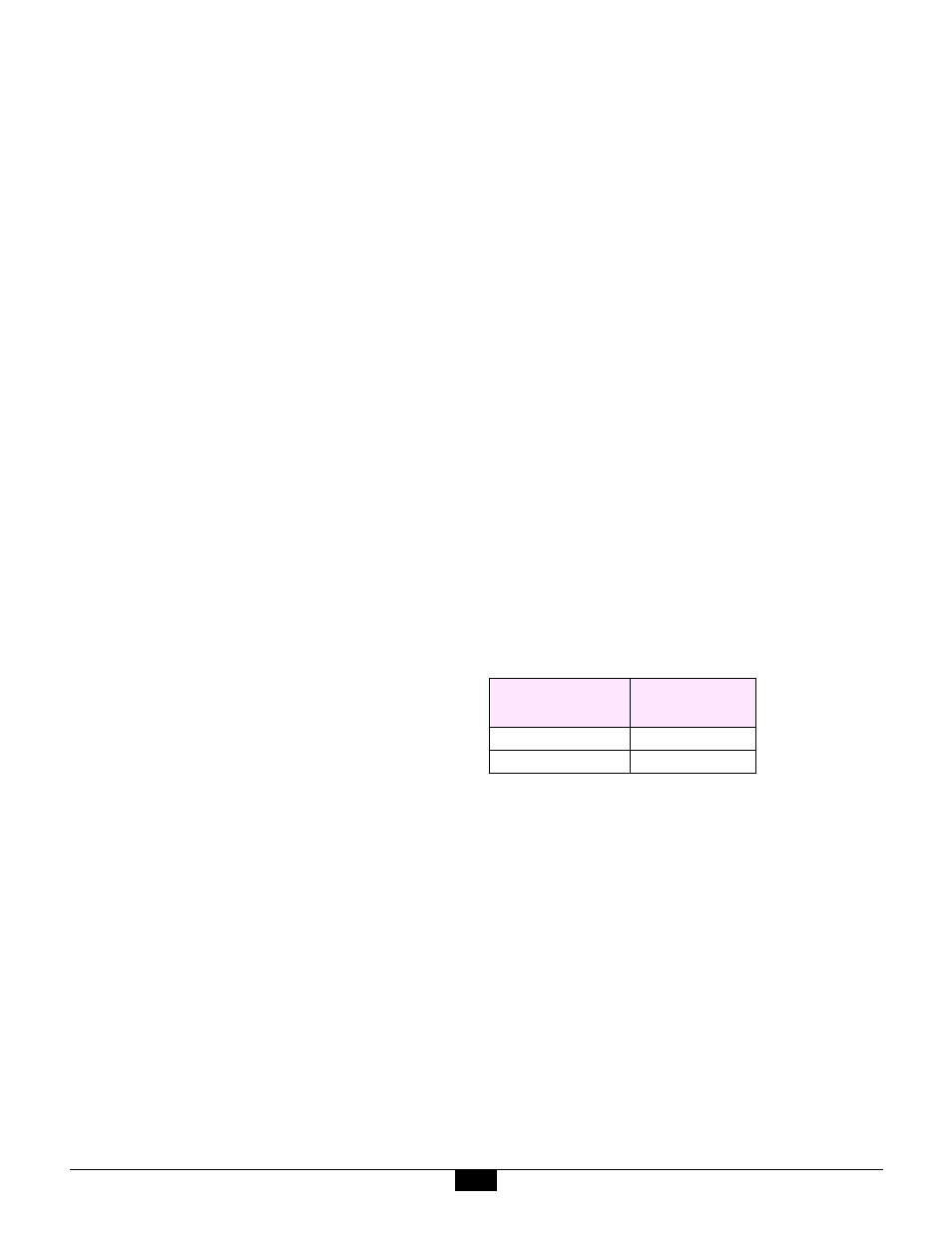4 data age, 5 communication latency – Sensoray 2518 User Manual
Page 28

Sensoray Model 2518/2519 Ethernet Smart A/D™
25
Theory of Operation
9.3.2 Secondary Influences
Another influence on the update rate is the frequency of
communication between client and Smart A/D™.
The Smart A/D™ firmware is designed to minimize the
impact of communications on the update rate. Even so,
communication activity will sometimes interrupt
scanning, which in turn will stretch the current channel’s
slot time in a non-deterministic way.
Because of the unpredictable effect on update rate,
excessively frequent communication traffic between
client and Smart A/D™ should be avoided.
9.4 Data Age
Data Age is the measure of time that has elapsed since a
channel’s data was acquired by the Smart A/D™. The
age of any channel’s data is directly related to the update
rate.
The minimum possible data age is, of course, zero. This
would be the case if the client retrieves sensor data
immediately after new data is posted by the Smart
A/D™.
The maximum possible data age would apply if the client
retrieves sensor data immediately before new data is
posted by the Smart A/D™. In this case, the data age is
the reciprocal of the minimum update rate.
In practice, data age almost always lies between the
minimum and maximum possible values.
9.4.1 Example
As an example, take the case shown at the end of Section
9.3.1. The minimum update rate is approximately 4.1
Hertz, so the maximum data age would be:
In this example, the age of sensor data from any given
channel may range from zero to 244 milliseconds.
9.5 Communication Latency
Communication Latency is the time elapsed from a client
request for sensor data to the acquisition of that data.
This latency can be viewed as having two components:
client overhead and Smart A/D™ response time.
Client overhead is the time spent executing those parts of
the Smart A/D™ API functions that are in the
computational domain of the client (i.e., not pending on a
Smart A/D™ response). Since this overhead—which is
purely a function of client clock rate and architecture—
varies from one system to another, it must be
independently determined for each system.
Smart A/D™ response time is the time spent in an API
function while waiting for a Smart A/D™ response. For
obvious reasons, short communication latency is a
high-priority design objective in most real time
applications.
Communication functions are event-driven in the Smart
A/D™ local environment and are assigned highest
priority in order to minimize the communication
latency. As a result, Smart A/D™ response time is
predictable with a good degree of accuracy:
DataAge
max
1
4.1
-------
244ms
≈
=
Table 7: Command response times
Command
Response Time
(microseconds)
GetSensorData
100
GetAllSensors
130
